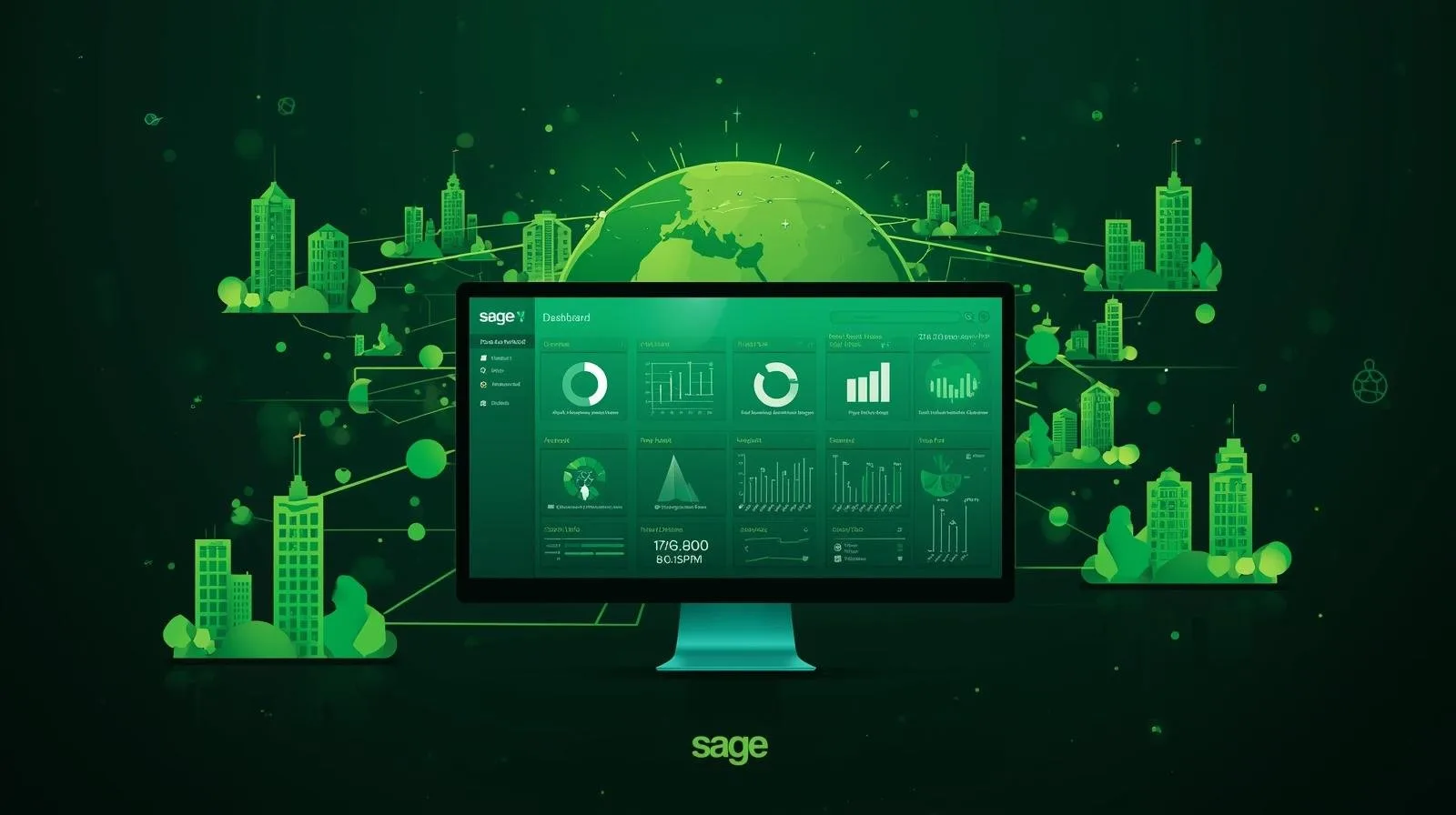For most organizations, investing in an ERP system is one of the largest financial and operational commitments they will ever make. The decision is rarely about the purchase price alone—it’s about the long-term costs of ownership, maintenance, upgrades, and user adoption. Unfortunately, many businesses discover too late that the ERP they chose comes with hidden costs that erode expected returns.
The Problem with Traditional ERP Costs
Legacy or on-premises ERPs often look affordable upfront, but the hidden expenses quickly add up:
- Infrastructure & IT Support – Maintaining servers, backups, and security systems can cost millions over time.
- Upgrades & Patches – Customizations often break when systems are upgraded, leading to expensive rework.
- Training & Low Adoption – Complex systems with clunky interfaces require more training hours and still see poor adoption.
- Customization Overload – Businesses often need to customize heavily to fit workflows, driving costs higher than planned.
- Licensing Models – Many ERPs use rigid licensing that charges for every user, every module, and even certain integrations.
These costs don’t always appear in the budget during the decision stage but surface over years, turning a “cost-saving” ERP into a financial burden.
Why Sage Intacct Stands Apart
Sage Intacct’s cloud-native design changes the economics of ERP entirely. Instead of sinking capital into infrastructure and ongoing fixes, companies benefit from:
- Lower IT Costs – No servers, no data center overhead, no upgrade headaches.
- Automatic Updates – Quarterly updates roll out seamlessly, without breaking customizations.
- Pay-as-You-Grow Pricing – Flexible, modular pricing lets you add only what you need, when you need it.
- Integration Ready – Open APIs allow quick connections to CRMs, payroll, and other tools without costly middleware.
- Faster ROI – With implementations measured in weeks (not years), businesses see financial and operational improvements faster.
Real Example: Cost Efficiency in Action
Consider a mid-sized services firm that migrated from a traditional ERP to Sage Intacct. Before, their IT team spent nearly 25% of its annual budget just keeping the ERP system stable. After moving to Sage Intacct, IT overhead dropped by 60%, financial close cycles shortened by days, and reporting improved dramatically. The savings alone paid back the implementation in under 18 months.
How to Calculate ROI for Your ERP
When evaluating Sage Intacct vs. alternatives, factor in:
- Total Cost of Ownership (TCO) over 5–10 years
- Productivity Gains – faster closes, better reporting, less manual work
- Scalability – ability to add entities or modules without costly upgrades
- User Adoption Rates – higher adoption means higher returns
The Way Forward
ERP is not just a system—it’s a long-term strategy. Hidden costs can derail even the most promising project, but with a cloud-based, finance-first solution like Sage Intacct, businesses can safeguard against these risks while maximizing long-term value.
At AccFin Outsourcing, we specialize in guiding clients through this exact decision-making process—helping them evaluate costs, map ROI, and implement Sage Intacct in a way that delivers real savings year after year.
Connect with us at info@accfinoutsourcing.com to calculate your true ERP ROI.










